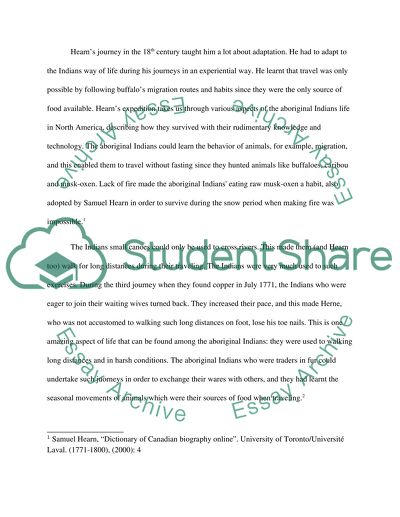Cite this document
(“Aboriginals and the Fur Trade Essay Example | Topics and Well Written Essays - 1000 words”, n.d.)
Retrieved from https://studentshare.org/history/1437548-aboriginals-and-the-fur-trade
Retrieved from https://studentshare.org/history/1437548-aboriginals-and-the-fur-trade
(Aboriginals and the Fur Trade Essay Example | Topics and Well Written Essays - 1000 Words)
https://studentshare.org/history/1437548-aboriginals-and-the-fur-trade.
https://studentshare.org/history/1437548-aboriginals-and-the-fur-trade.
“Aboriginals and the Fur Trade Essay Example | Topics and Well Written Essays - 1000 Words”, n.d. https://studentshare.org/history/1437548-aboriginals-and-the-fur-trade.


